Home>Furniture & Design>Outdoor Furniture>How To Build An Outdoor Gym
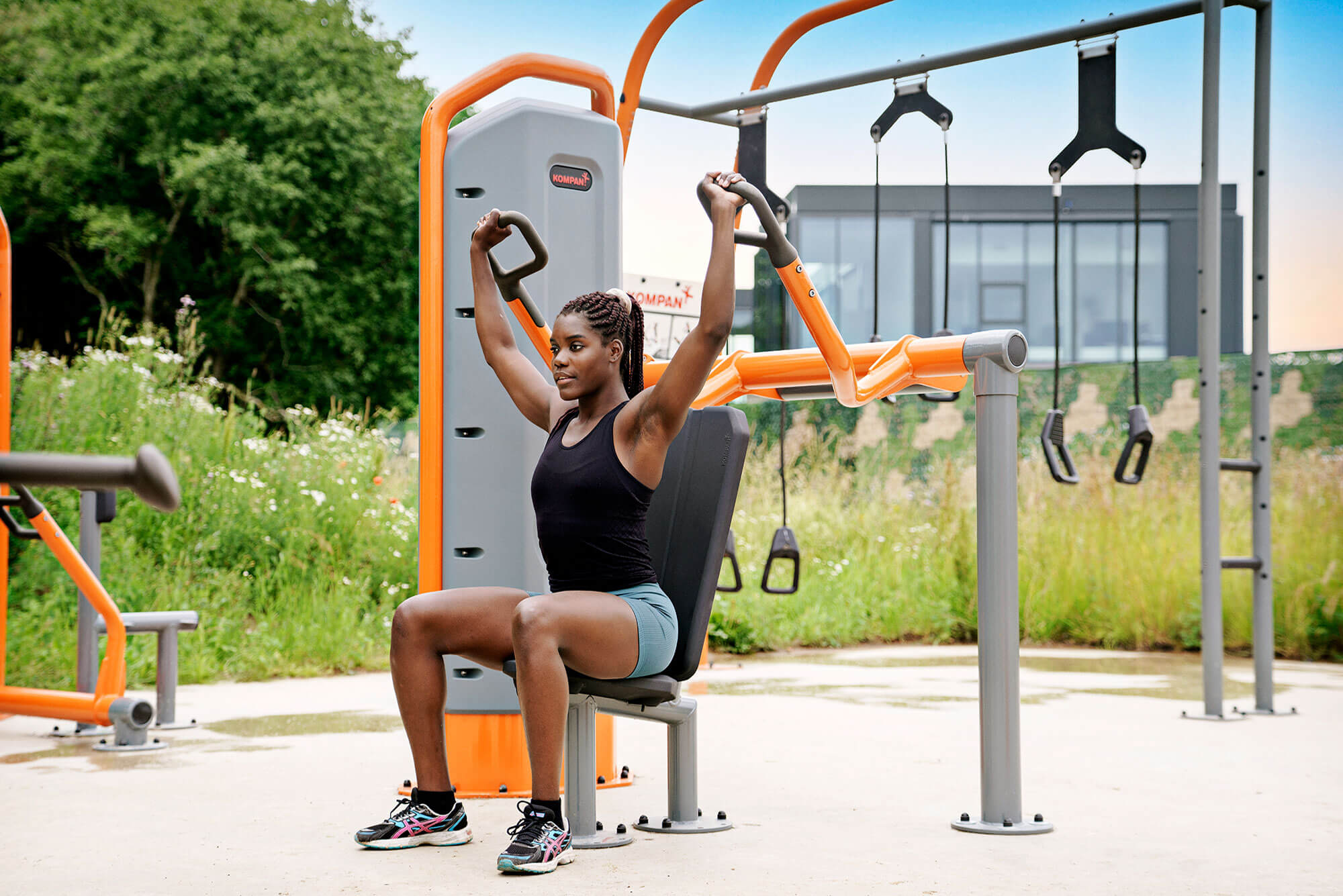

Outdoor Furniture
How To Build An Outdoor Gym
Modified: August 27, 2024
Discover the ultimate guide on how to create an outdoor gym with our expert tips and outdoor furniture designs. Transform your outdoor space into a fitness haven!
(Many of the links in this article redirect to a specific reviewed product. Your purchase of these products through affiliate links helps to generate commission for Storables.com, at no extra cost. Learn more)
Introduction
Creating an outdoor gym is a fantastic way to combine the benefits of exercise with the beauty of the great outdoors. Whether you're a fitness enthusiast, a community organizer, or a school administrator looking to promote healthy living, an outdoor gym can provide a valuable and accessible resource for people of all ages and fitness levels.
In this article, we will explore the essential steps to build an outdoor gym that is not only functional but also safe and enjoyable for users. From selecting the right location to choosing the appropriate equipment and ensuring proper maintenance, we will cover everything you need to know to bring your outdoor gym vision to life.
By the end of this guide, you will have a comprehensive understanding of the key considerations involved in creating a successful outdoor gym. So, let's roll up our sleeves and dive into the exciting world of outdoor fitness!
Key Takeaways:
- Building an outdoor gym requires choosing the right location, versatile and durable equipment, and prioritizing safety and accessibility to create a welcoming space for all fitness enthusiasts.
- To build a successful outdoor gym, focus on community engagement, quality equipment selection, safety measures, and proactive maintenance to foster a sense of well-being and promote healthy lifestyles.
Read more: Building A Home Gym On A Budget
Selecting the Right Location
Choosing the perfect location for your outdoor gym is crucial for its success. The ideal spot should be easily accessible to the target audience while providing a pleasant and safe environment for exercise. Here are some essential factors to consider when selecting the location:
- Accessibility: Look for a location that is easily reachable for the intended users. It should be within walking or cycling distance for the community members or conveniently located within a school or park for students and staff.
- Space Availability: Ensure that the chosen site offers enough space to accommodate the gym equipment without feeling cramped. The area should also allow for free movement around the equipment to prevent overcrowding during peak hours.
- Natural Surroundings: Consider the aesthetic appeal of the location. A picturesque setting with trees, greenery, or a scenic view can enhance the overall experience for gym-goers, making their workout more enjoyable.
- Sunlight and Shade: Assess the availability of natural light and shade. A balance of sunlight and shaded areas is essential to provide a comfortable exercising environment, especially during hot weather.
- Safety and Security: Prioritize safety by choosing a location with minimal traffic exposure, adequate lighting, and visibility from nearby areas. Additionally, ensure that the site is free from potential hazards such as uneven terrain or sharp objects.
Once you’ve identified a potential location, it’s essential to engage with the community or relevant stakeholders to gather feedback and ensure that the chosen site aligns with their needs and preferences. Collaborating with local authorities or property owners can also help streamline the approval process and address any regulatory considerations.
By thoughtfully selecting the right location, you can lay a solid foundation for an outdoor gym that fosters a sense of community, promotes physical activity, and contributes to the well-being of its users.
Choosing the Right Equipment
When it comes to outfitting your outdoor gym, selecting the right equipment is a pivotal decision that directly impacts the user experience and the effectiveness of the workout space. Here are key considerations to keep in mind as you curate the gym’s equipment:
- Versatility: Opt for versatile equipment that accommodates a wide range of exercises. Multi-functional stations, such as a combination pull-up and dip bar or a fitness rig with various attachment points, offer diverse workout options within a compact footprint.
- Durability: Outdoor gym equipment should be built to withstand the elements and heavy use. Look for materials that are corrosion-resistant, weatherproof, and require minimal maintenance to ensure longevity and safety for users.
- Accessibility: Prioritize inclusivity by incorporating equipment that caters to users of different ages, abilities, and fitness levels. This may include adjustable resistance settings, low-impact options, and clear instructional signage for proper usage.
- Cardio and Strength Balance: Strike a balance between cardiovascular and strength-training equipment to offer a well-rounded fitness experience. Incorporating elements such as stationary bikes, elliptical trainers, and resistance machines can cater to diverse workout preferences.
- User-Friendly Design: Choose equipment with intuitive and ergonomic designs to enhance user comfort and safety. Smooth edges, non-slip surfaces, and adjustable features contribute to a user-friendly environment.
Additionally, consider consulting with fitness professionals or equipment suppliers to gain insights into the latest trends and innovations in outdoor fitness gear. Understanding user preferences and emerging fitness trends can help you make informed decisions when selecting the equipment for your outdoor gym.
By thoughtfully curating a selection of versatile, durable, and inclusive equipment, you can create an outdoor gym that caters to the diverse needs of its users, promoting a holistic approach to fitness and well-being.
Preparing the Ground
Before installing the gym equipment, it’s essential to prepare the ground to ensure a safe, stable, and functional foundation for the outdoor gym. Proper ground preparation not only enhances the user experience but also contributes to the longevity of the equipment. Here are the key steps to prepare the ground for your outdoor gym:
- Site Assessment: Begin by assessing the ground conditions at the chosen location. Look for level ground with good drainage to prevent water accumulation around the equipment. Address any existing issues such as uneven terrain or soft spots that may affect the stability of the installations.
- Ground Stabilization: Depending on the soil composition, consider stabilizing the ground with materials such as compacted gravel, concrete pads, or rubberized surfacing. This helps create a firm and level base for the equipment, minimizing shifting or settling over time.
- Clearing and Grading: Clear the area of any debris, rocks, or vegetation that could interfere with the installation process or pose tripping hazards. Grading the ground to ensure uniformity and proper drainage is essential for creating a safe and accessible workout space.
- Utility Considerations: Identify and mark the locations of underground utilities to avoid accidental damage during ground preparation and equipment installation. Consult with local utility providers or relevant authorities to ensure compliance with safety protocols.
- Accessibility Pathways: Plan for accessible pathways around the gym area to accommodate wheelchair users and individuals with mobility challenges. Incorporating smooth, slip-resistant pathways ensures universal access to the outdoor gym.
Engaging professional contractors or landscape experts can provide valuable guidance in executing the ground preparation phase effectively. Their expertise can help address site-specific challenges and ensure that the ground is primed for the successful installation of the outdoor gym equipment.
By investing time and effort in thorough ground preparation, you can create a safe and inviting outdoor gym environment that promotes user comfort, equipment stability, and long-term enjoyment for the community.
When building an outdoor gym, make sure to choose durable and weather-resistant materials for your equipment to ensure longevity and safety.
Assembling the Gym Equipment
Assembling the gym equipment is a pivotal phase in bringing your outdoor fitness vision to life. Proper installation not only ensures the functionality and safety of the equipment but also contributes to the overall aesthetic appeal of the outdoor gym. Here’s a step-by-step guide to assembling the gym equipment:
- Read the Instructions: Begin by thoroughly reviewing the assembly instructions provided by the equipment manufacturer. Familiarize yourself with the components, tools required, and any specific guidelines for installation.
- Organize the Components: Lay out the equipment components in an organized manner, grouping them according to the assembly sequence. This approach streamlines the installation process and minimizes the risk of misplacing essential parts.
- Secure the Foundations: If the equipment requires anchoring or securing to the ground, follow the manufacturer’s recommendations for the installation of anchor bolts, concrete footings, or other stabilizing mechanisms. Ensuring a secure foundation is essential for the long-term stability of the gym equipment.
- Collaborate with Experts: Consider enlisting the support of experienced installers or technicians, especially for complex or large-scale equipment installations. Their expertise can streamline the assembly process and guarantee compliance with safety standards.
- Quality Assurance: Conduct thorough quality checks during the assembly process to verify the integrity of the equipment, including structural stability, secure fastenings, and smooth operation of moving parts. Address any assembly issues promptly to uphold safety standards.
Throughout the assembly phase, prioritize safety measures by adhering to recommended weight capacities, securing protective coverings on exposed hardware, and ensuring that all components are securely fastened according to the manufacturer’s specifications.
Upon completing the assembly, conduct a final inspection to confirm that the equipment is installed correctly and ready for use. Consider organizing an inaugural event or fitness orientation to introduce the outdoor gym to the community, fostering enthusiasm and engagement among potential users.
By meticulously assembling the gym equipment with attention to detail and safety, you can create a welcoming and functional outdoor fitness space that inspires individuals to pursue their wellness goals amidst the beauty of the outdoors.
Read more: How To Use Outdoor Gym Equipment
Safety Measures
Ensuring the safety of outdoor gym users is paramount in creating a positive and secure fitness environment. Implementing comprehensive safety measures not only mitigates potential risks but also instills confidence in the community, encouraging regular use of the outdoor gym. Here are key safety considerations to prioritize:
- Clear Usage Guidelines: Display clear and concise usage guidelines and safety instructions for each piece of equipment. Utilize signage or visual aids to illustrate proper usage, recommended age restrictions, and any specific precautions to be observed.
- Regular Inspections: Establish a routine inspection schedule to assess the condition of the equipment, including structural integrity, hardware tightness, and the absence of sharp edges or protruding parts. Promptly address any maintenance or repair needs to uphold safety standards.
- Emergency Preparedness: Equip the outdoor gym area with accessible first-aid kits, emergency contact information, and visible signage outlining emergency procedures. Educate the community about basic first-aid practices and emergency protocols to empower them in responding to unforeseen incidents.
- Surface Maintenance: Maintain the ground surface around the equipment to ensure it remains level, free from debris, and adequately drained. Address any erosion, cracks, or uneven surfaces promptly to prevent trip hazards and ensure a safe workout environment.
- Supervision and Education: Encourage the presence of qualified fitness instructors, community volunteers, or designated supervisors to provide guidance and support, especially during peak usage times. Offering introductory sessions and fitness workshops can enhance user familiarity with the equipment and promote safe exercise practices.
Additionally, fostering a culture of mutual respect and consideration among gym users contributes to a harmonious and safe fitness space. Encourage users to be mindful of others, share equipment courteously, and communicate effectively to prevent overcrowding or conflicts during workouts.
By prioritizing safety through clear guidelines, proactive maintenance, emergency readiness, and community education, you can establish an outdoor gym that cultivates a sense of well-being, trust, and enjoyment for all participants.
Maintenance and Upkeep
Maintaining the functionality and appeal of your outdoor gym is essential for preserving its long-term value and ensuring a positive user experience. Implementing a proactive maintenance plan and regular upkeep measures can prolong the lifespan of the equipment while fostering a welcoming and safe environment. Here are key strategies for effective maintenance and upkeep:
- Routine Inspections: Conduct regular inspections of the gym equipment to identify signs of wear, loose fastenings, or any potential safety hazards. Addressing maintenance issues promptly can prevent minor concerns from escalating into more significant challenges.
- Seasonal Cleaning: Perform seasonal cleaning of the equipment and surrounding areas to remove debris, dirt, and environmental residue. Utilize mild cleansers and non-abrasive materials to maintain the equipment’s aesthetic appeal without compromising its durability.
- Weather Protection: Implement protective measures to shield the equipment from the effects of inclement weather, such as UV exposure, moisture, and temperature fluctuations. Utilize weather-resistant covers, periodic lubrication of moving parts, and corrosion-resistant treatments as needed.
- Ground Maintenance: Regularly assess the ground surface for any signs of erosion, unevenness, or potential tripping hazards. Addressing these concerns promptly contributes to a safe and accessible workout environment for users.
- User Feedback: Encourage user feedback and engagement to gather insights into the performance and condition of the equipment. Actively addressing user concerns and suggestions demonstrates a commitment to maintaining a high-quality outdoor gym experience.
Collaborating with local maintenance professionals, fitness equipment suppliers, or landscape experts can provide valuable support in establishing a comprehensive maintenance plan tailored to the specific needs of your outdoor gym. Their expertise can offer guidance on equipment care, environmental considerations, and best practices for upkeep.
By prioritizing regular maintenance and proactive upkeep measures, you can sustain an outdoor gym that remains visually appealing, functional, and safe, inspiring continued community engagement and enjoyment of the fitness space.
Conclusion
Building an outdoor gym presents a unique opportunity to blend fitness, nature, and community engagement into a harmonious space that promotes well-being and healthy lifestyles. By carefully considering the location, equipment selection, ground preparation, assembly, safety measures, and ongoing maintenance, you can create an outdoor gym that serves as a valuable asset to its users. Here’s a recap of the essential aspects to keep in mind:
- Community-Centric Approach: Engage with the community, gather feedback, and involve relevant stakeholders in the planning and implementation of the outdoor gym to ensure that it meets the needs and preferences of its users.
- Quality Equipment Selection: Curate a diverse range of durable, versatile, and user-friendly gym equipment that caters to various fitness levels and preferences, promoting inclusivity and engagement.
- Safety and Accessibility: Prioritize safety through clear guidelines, regular inspections, emergency preparedness, and the creation of an inclusive and accessible workout environment for all participants.
- Maintenance Commitment: Establish a proactive maintenance plan and uphold regular upkeep measures to preserve the functionality, aesthetics, and safety of the outdoor gym over time.
As you embark on the journey of building an outdoor gym, consider it as an opportunity to foster a sense of community, promote physical activity, and create a welcoming space for individuals to pursue their fitness goals amidst the beauty of the outdoors. By integrating the elements of nature, fitness, and social interaction, your outdoor gym can become a catalyst for positive lifestyle changes and a hub for wellness within the community.
Ultimately, the success of an outdoor gym lies not only in the quality of its equipment and facilities but also in the meaningful connections and experiences it cultivates among its users. Embrace the journey of building an outdoor gym as a testament to the transformative power of fitness, nature, and community collaboration.
With careful planning, dedication to safety, and a commitment to ongoing maintenance, your outdoor gym can stand as a beacon of health and vitality, inspiring individuals to embrace the joy of outdoor fitness for years to come.
Frequently Asked Questions about How To Build An Outdoor Gym
Was this page helpful?
At Storables.com, we guarantee accurate and reliable information. Our content, validated by Expert Board Contributors, is crafted following stringent Editorial Policies. We're committed to providing you with well-researched, expert-backed insights for all your informational needs.
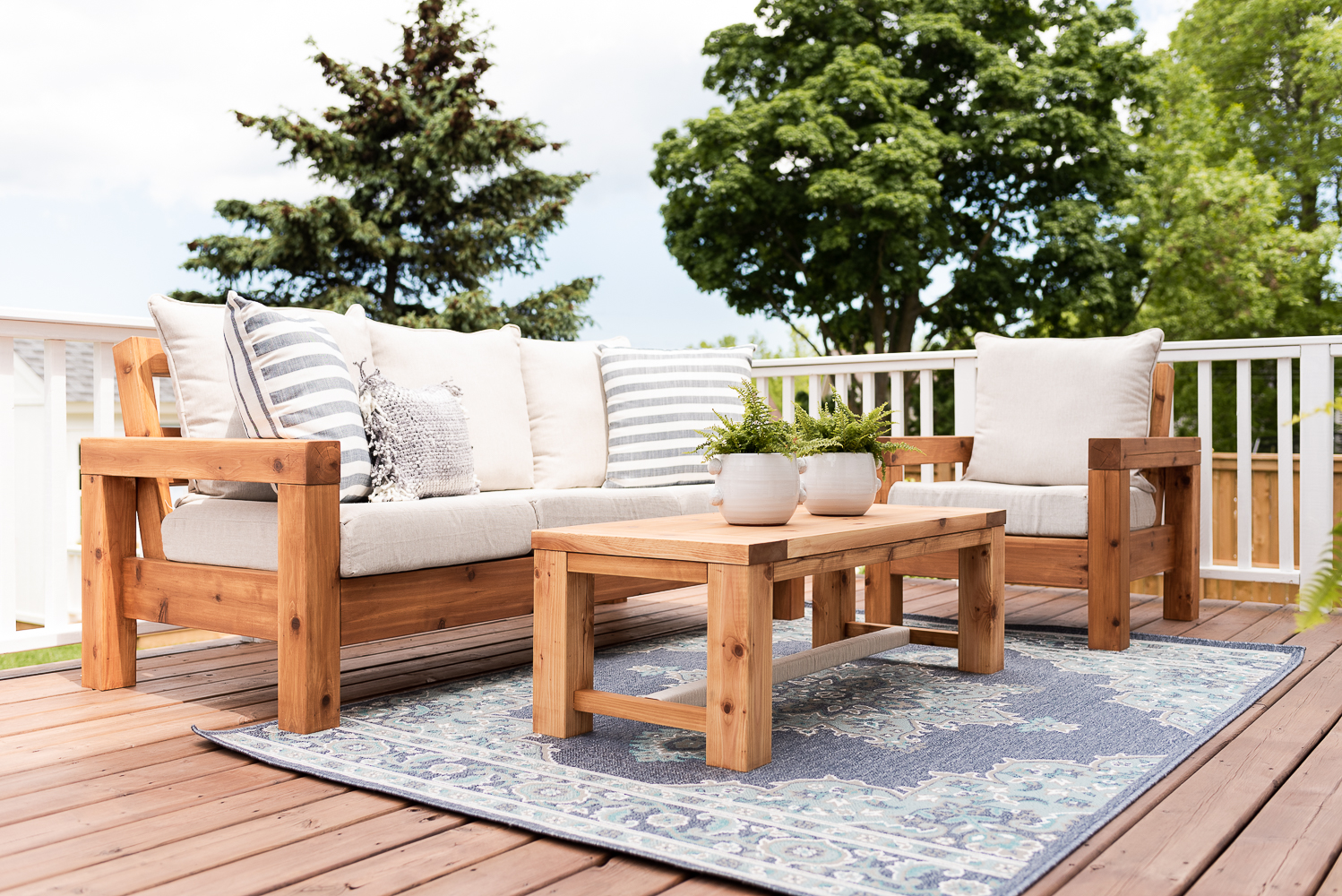
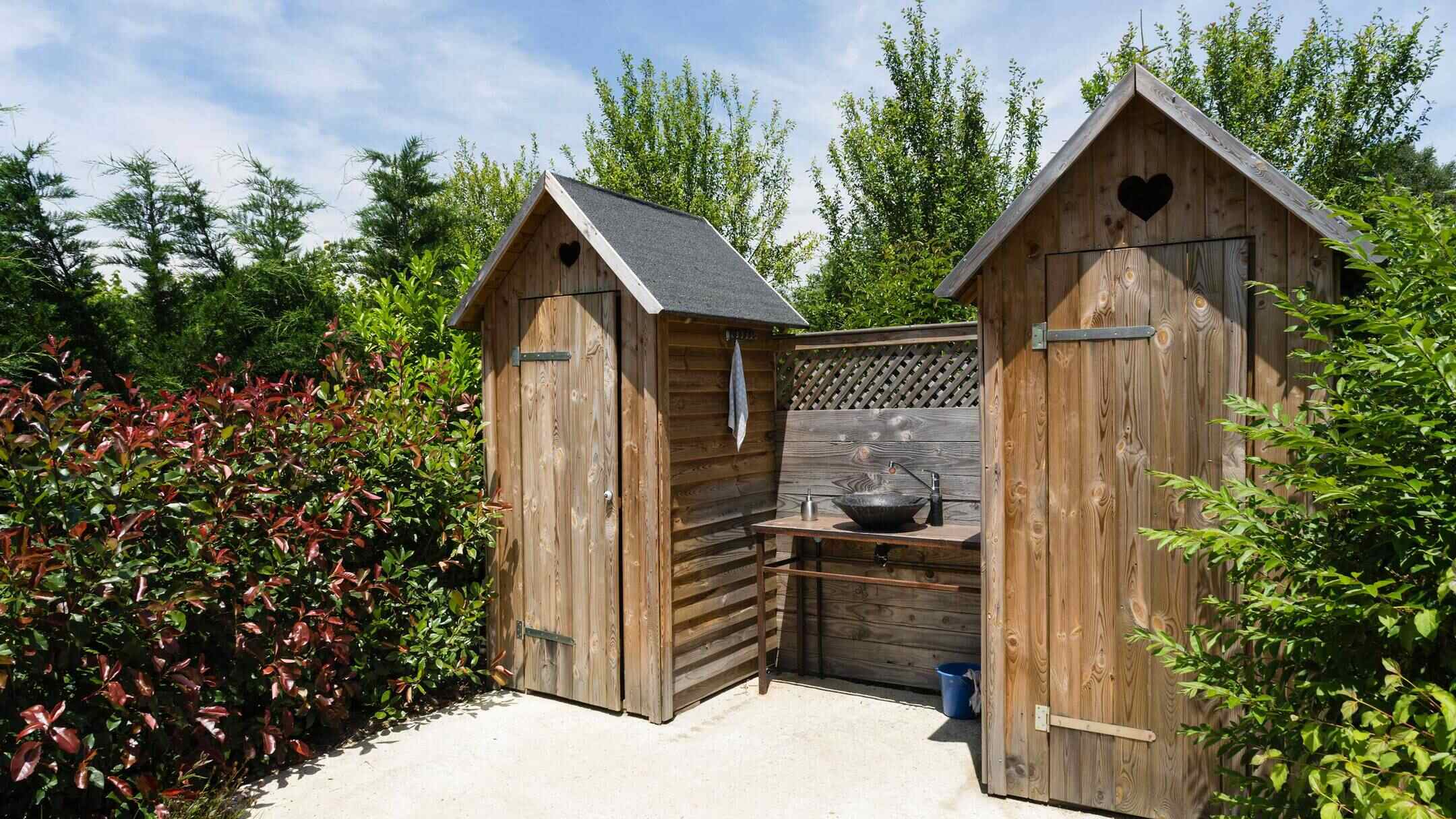
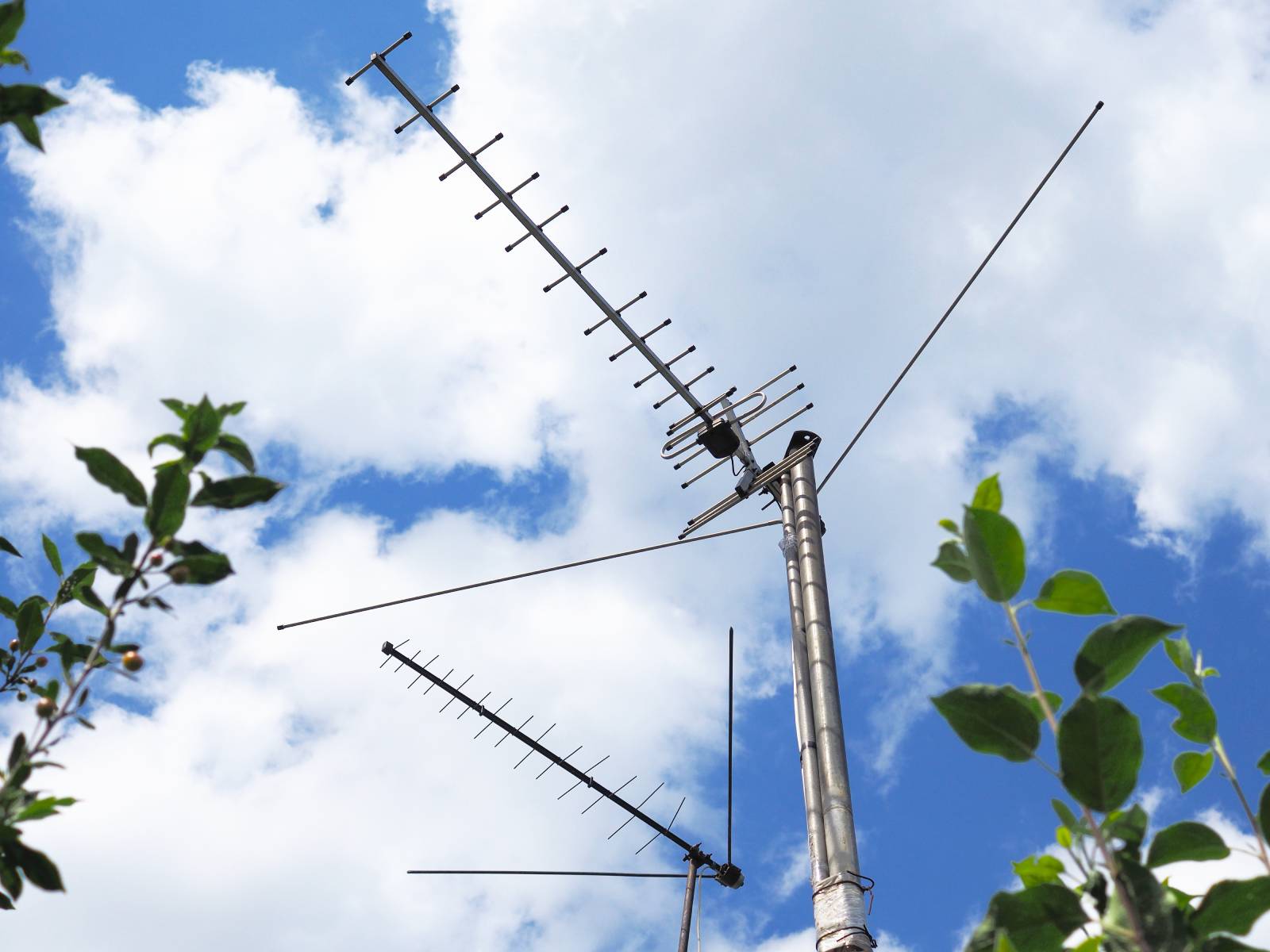
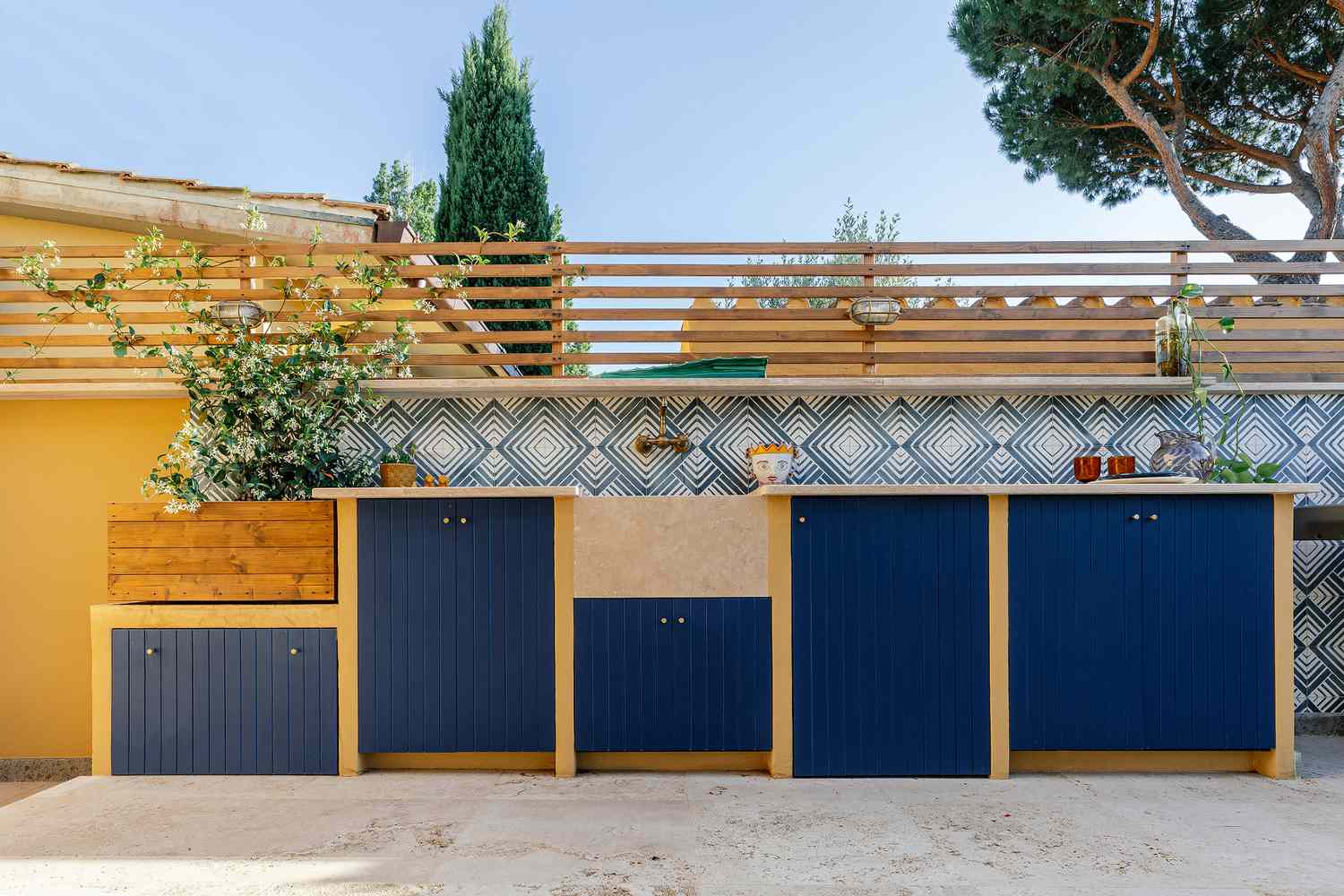
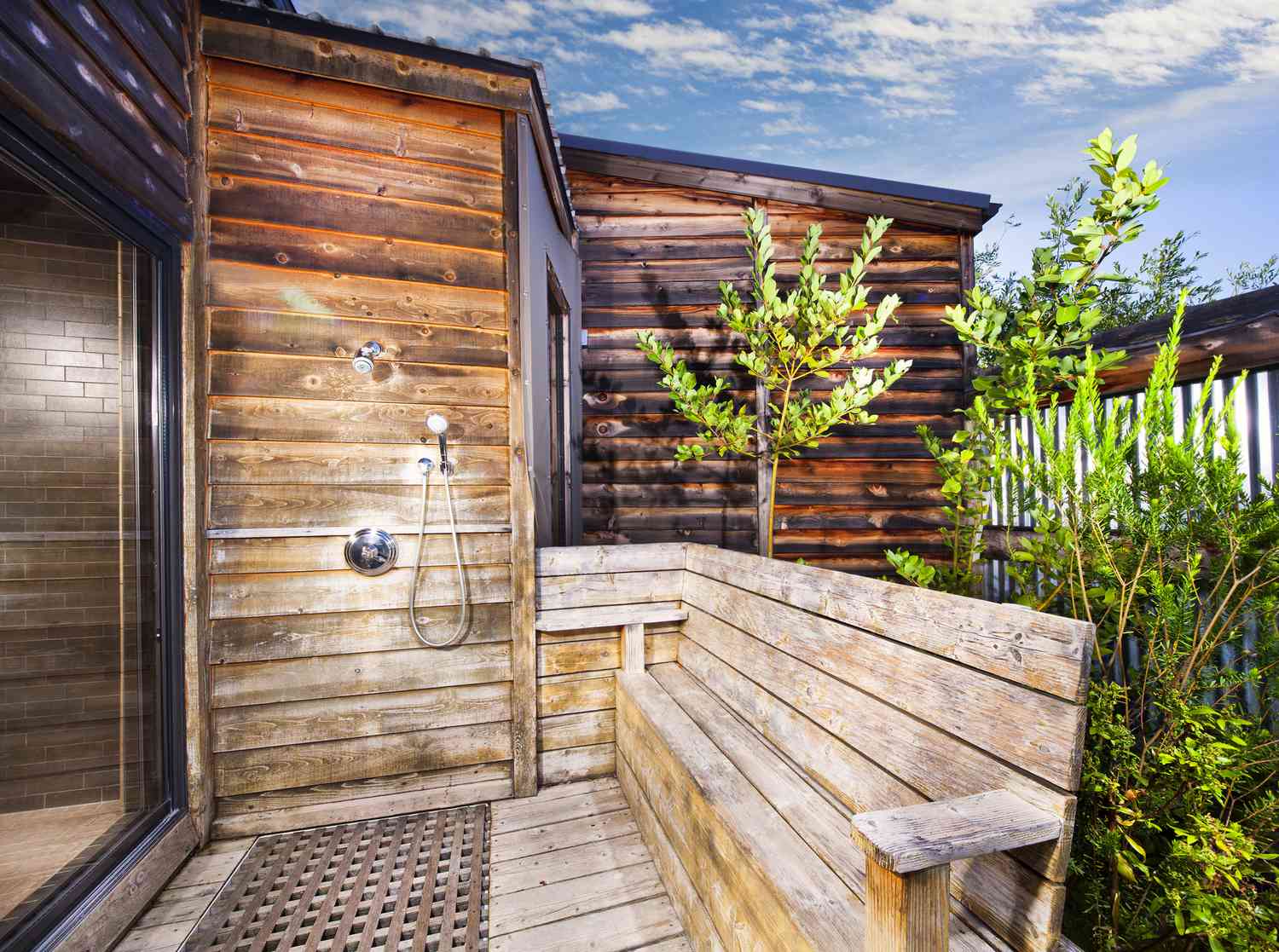

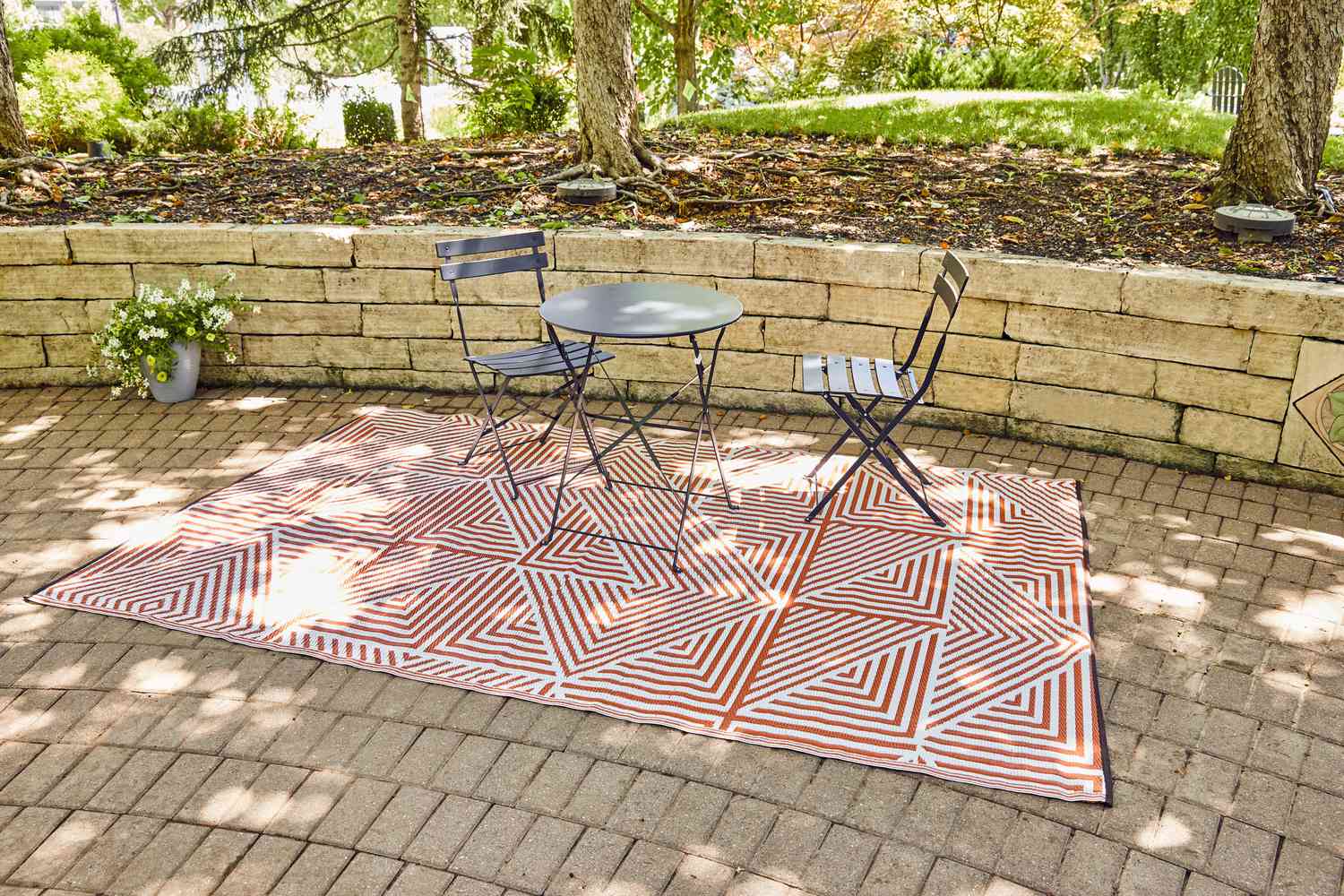
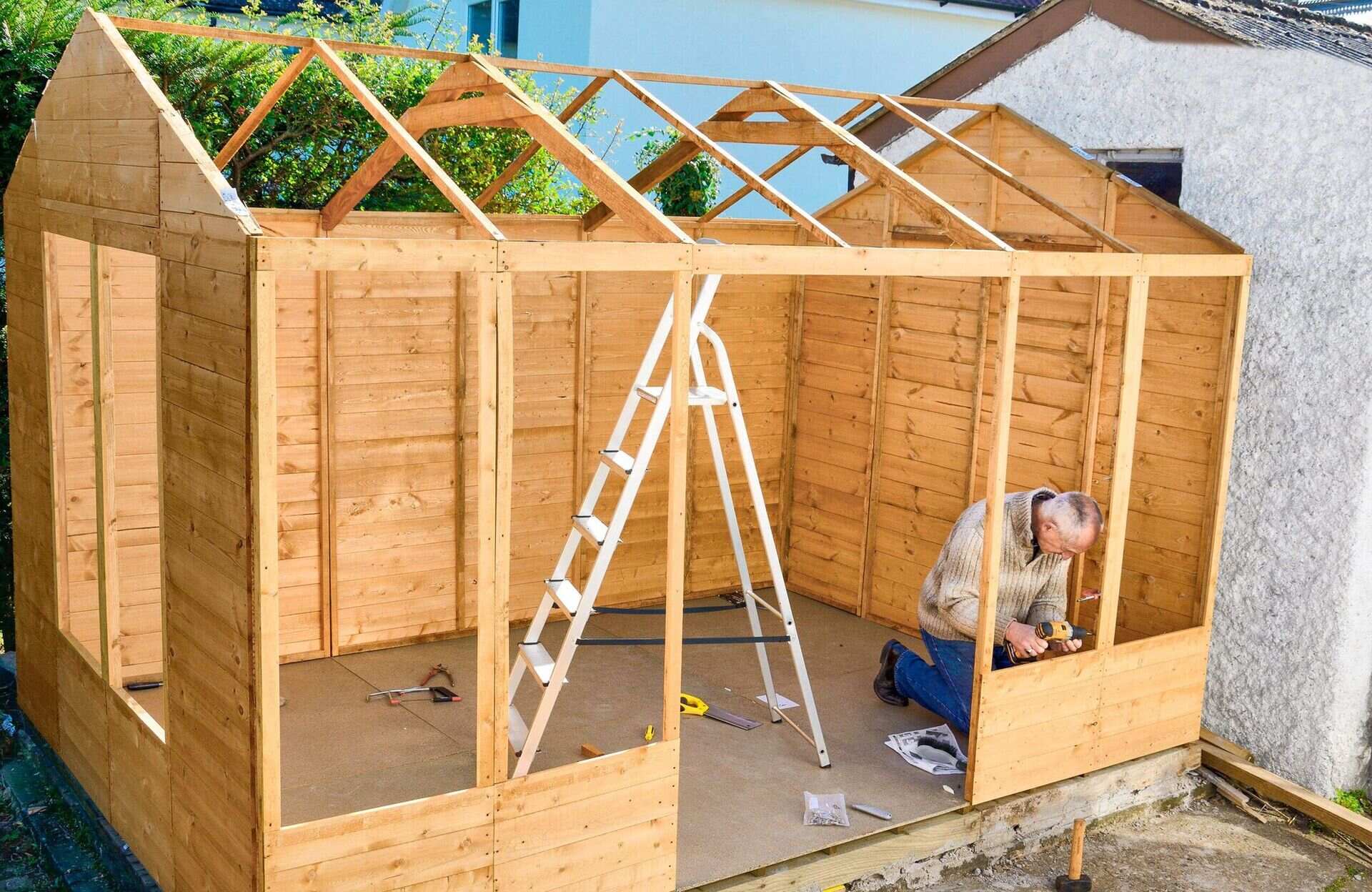
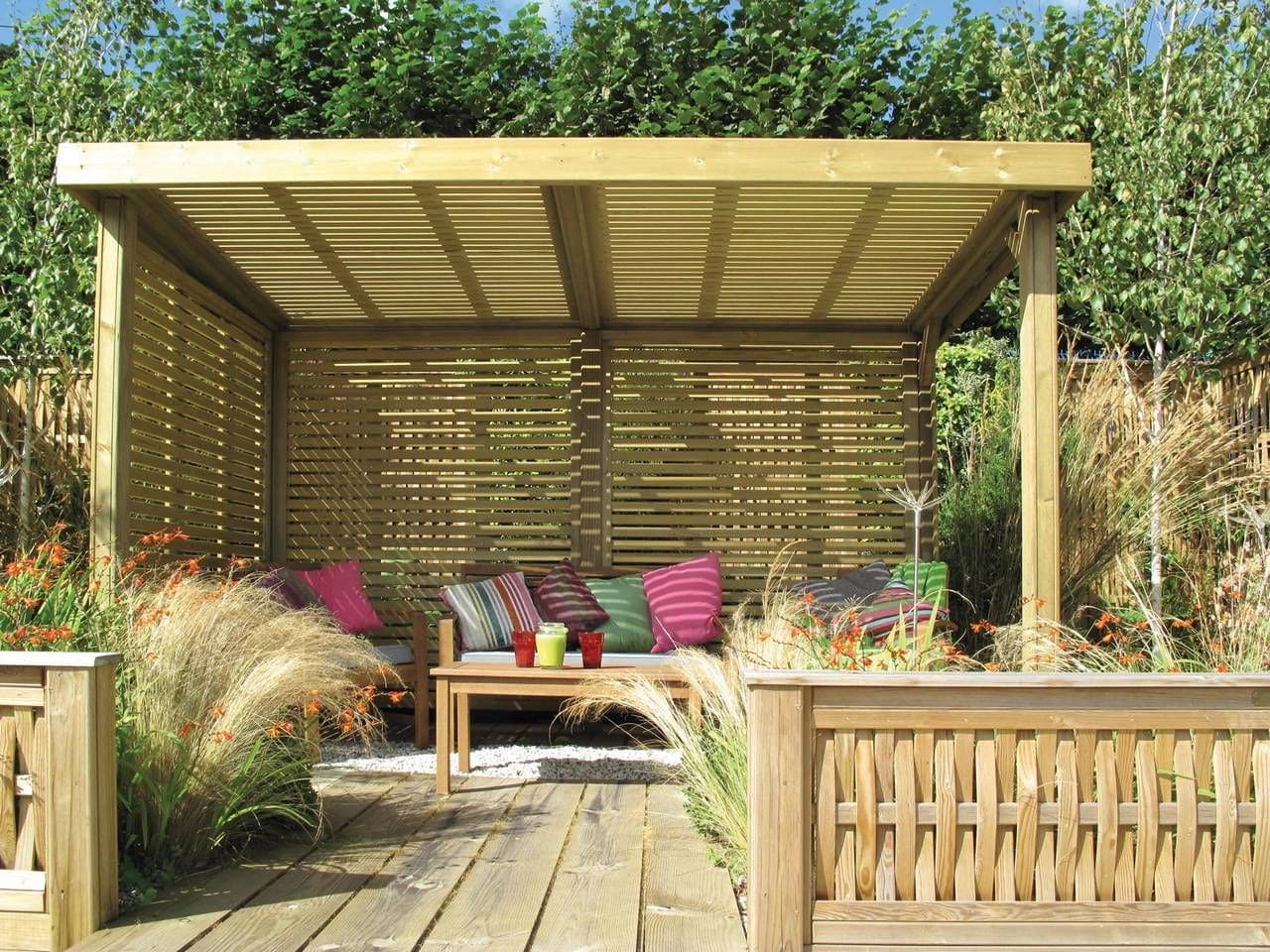
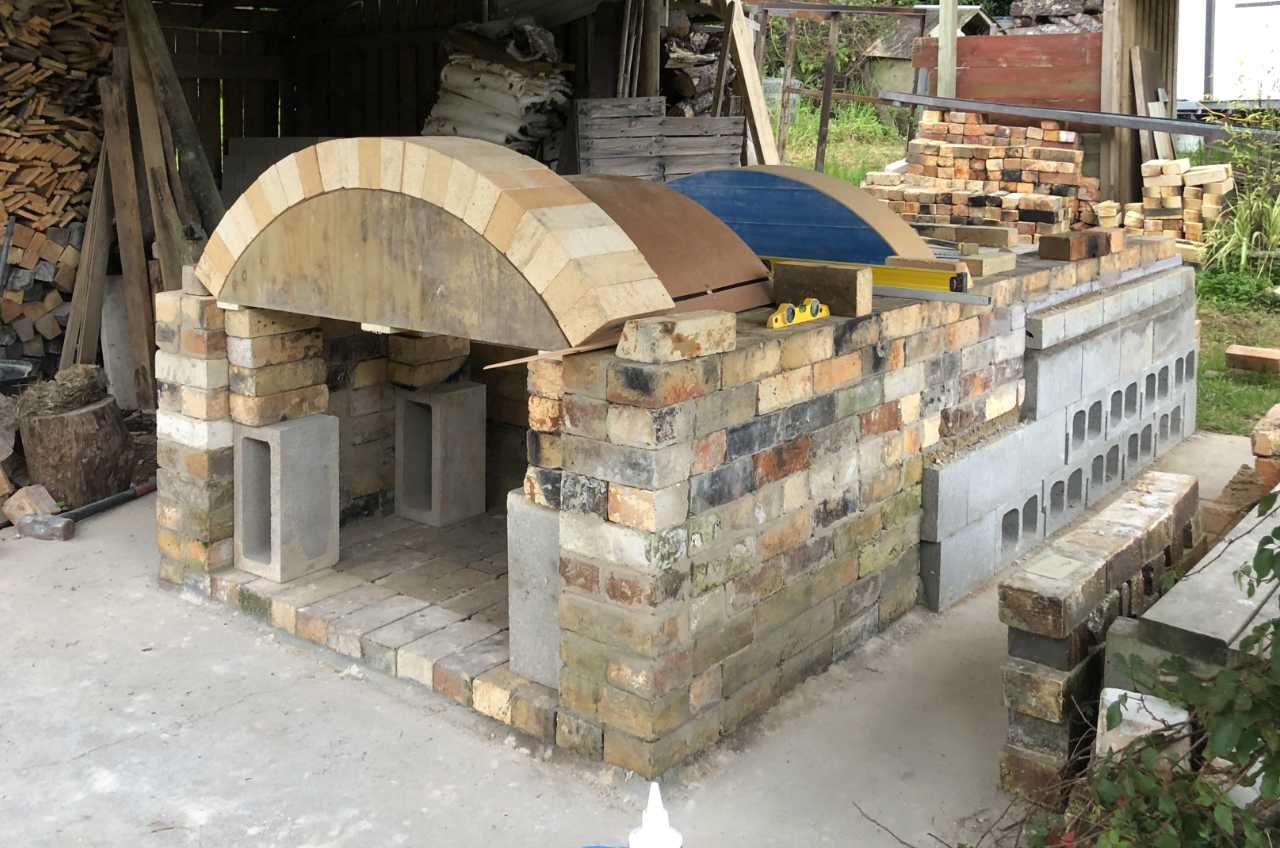
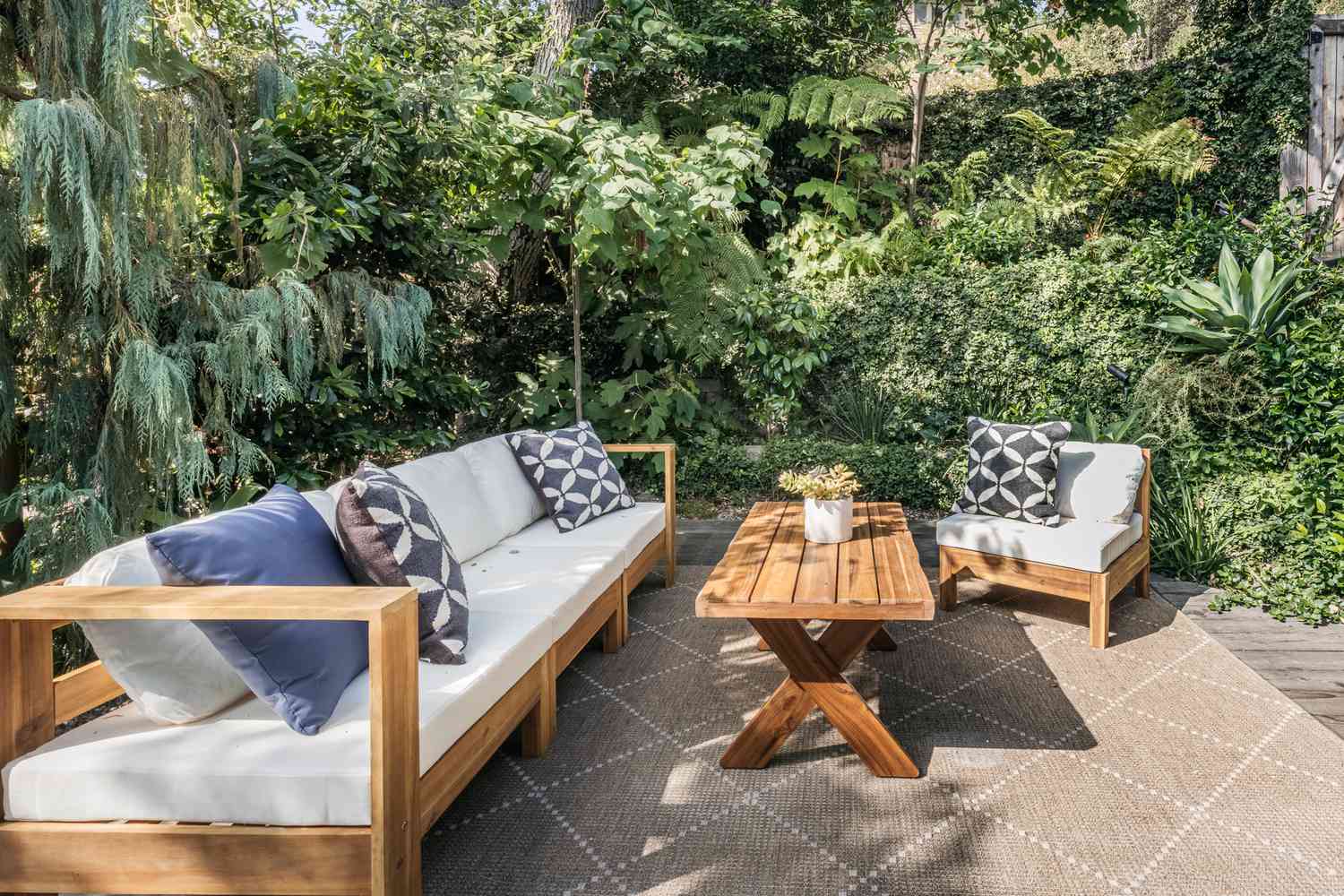
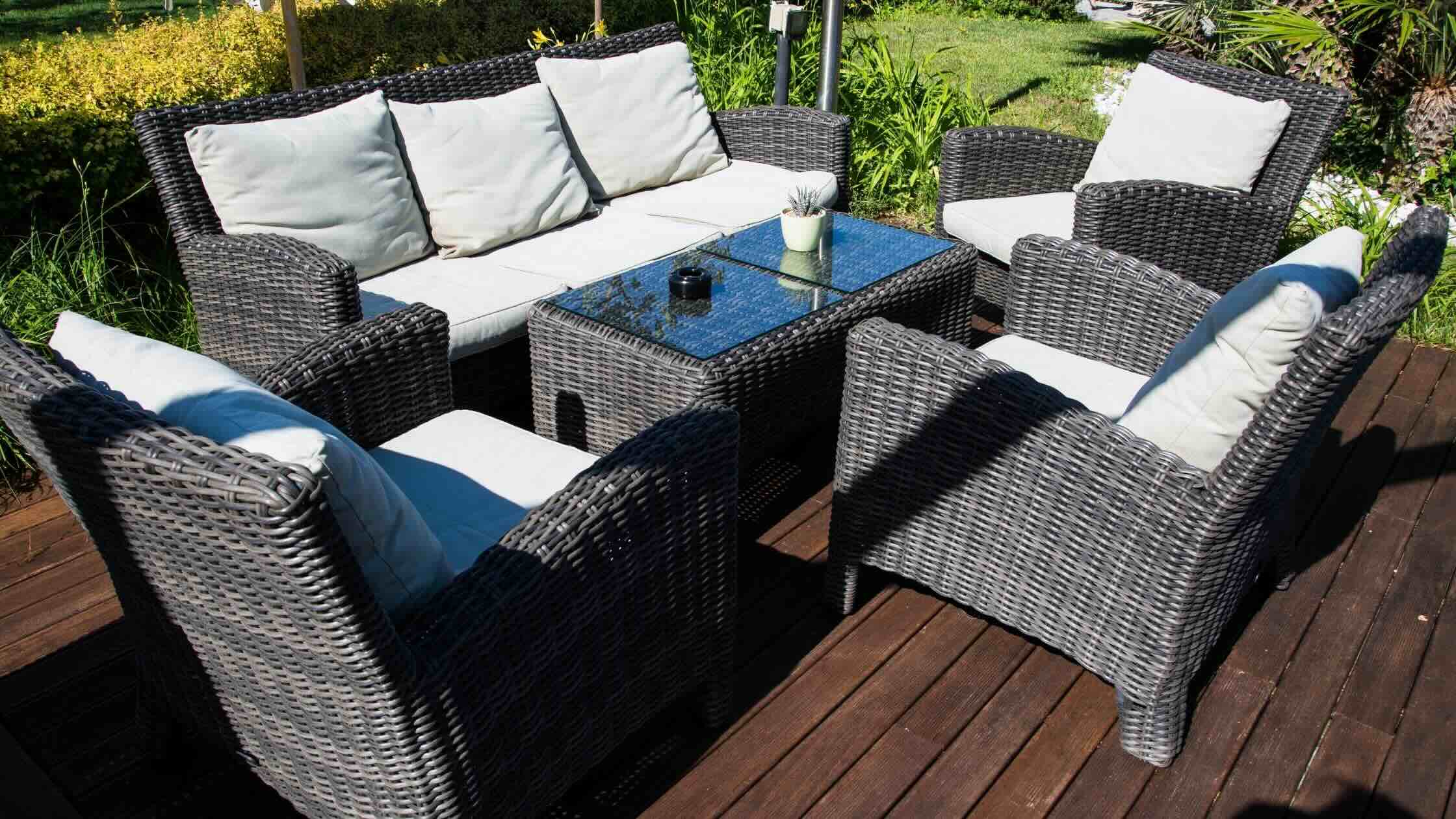
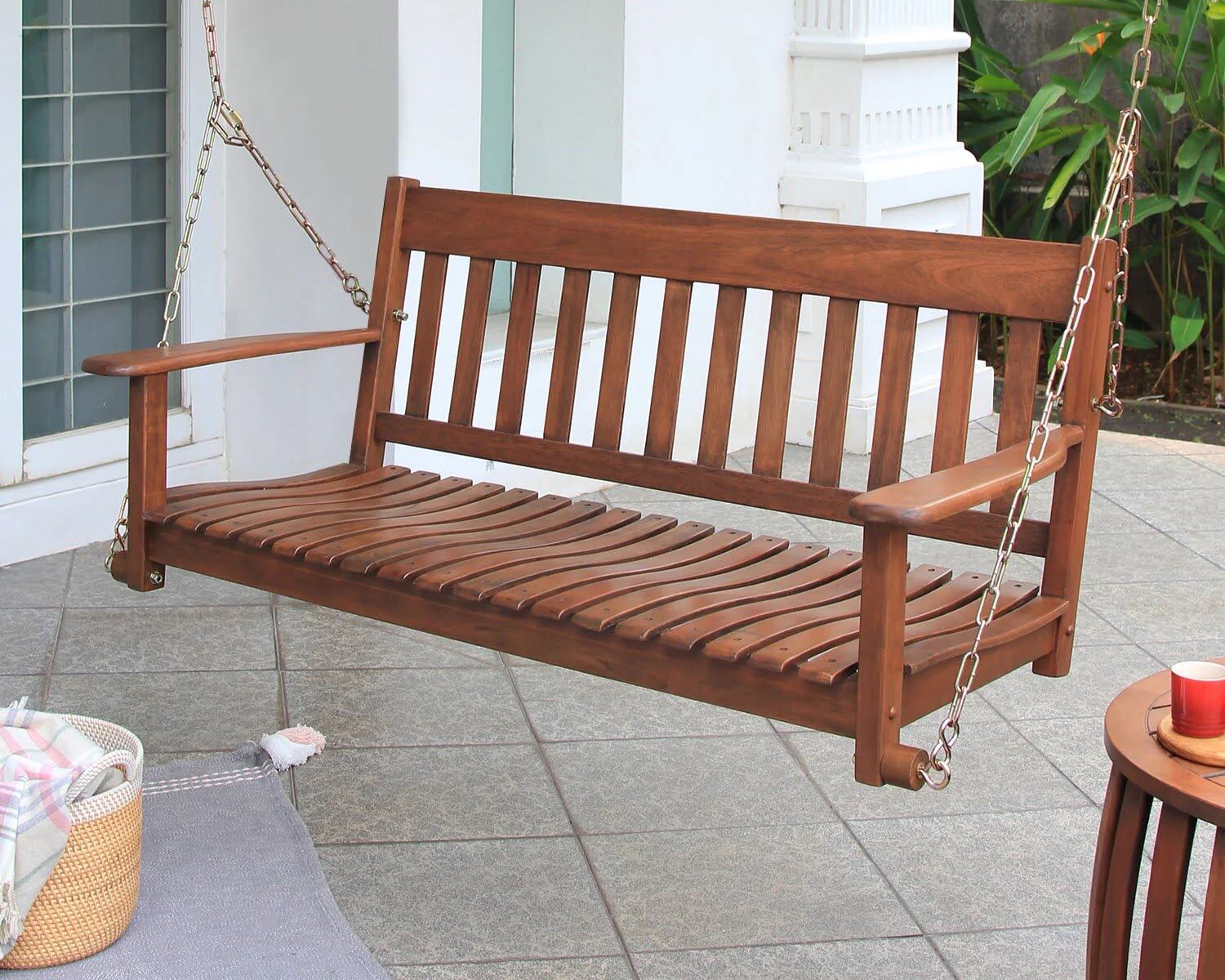
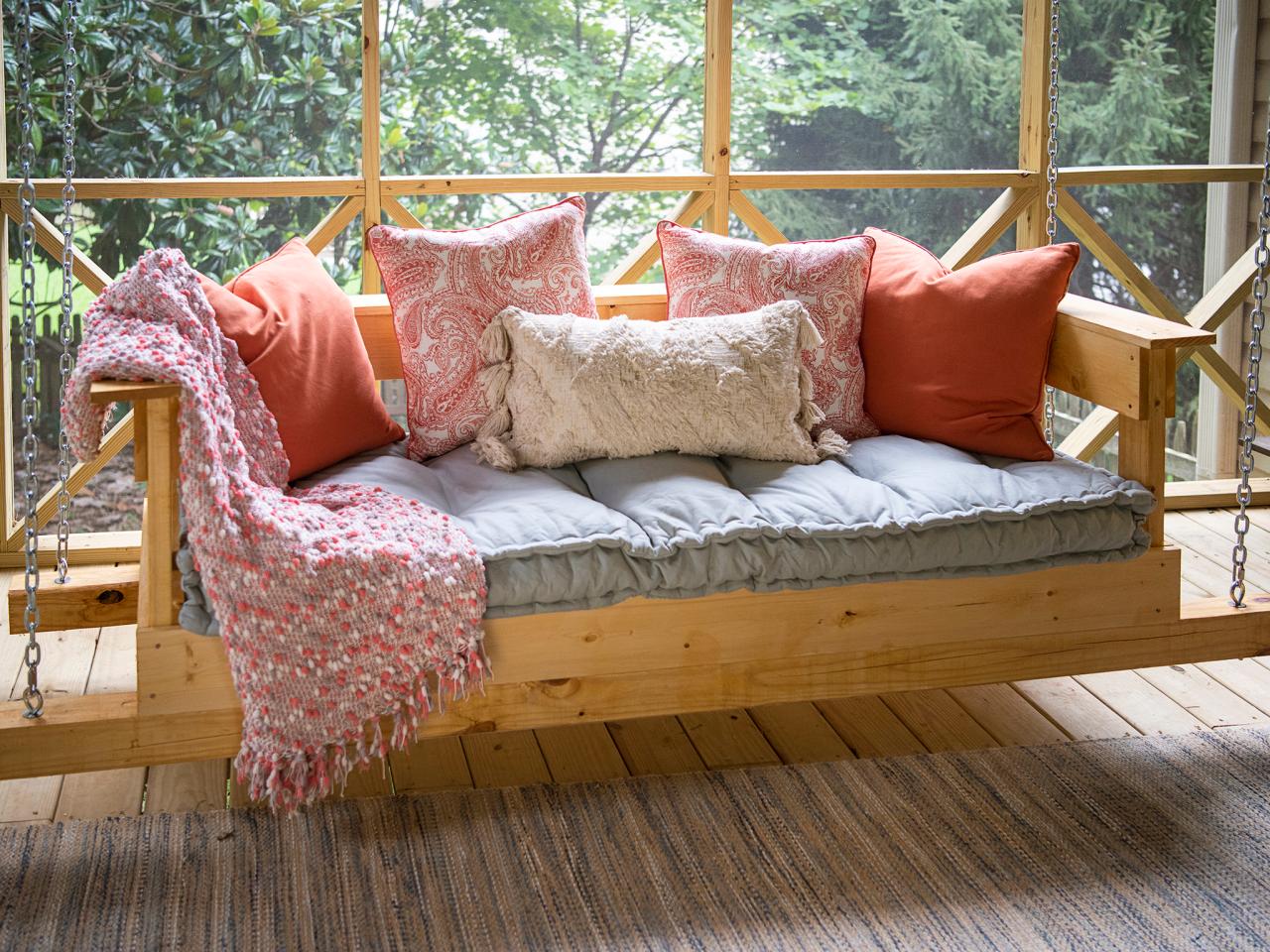

0 thoughts on “How To Build An Outdoor Gym”